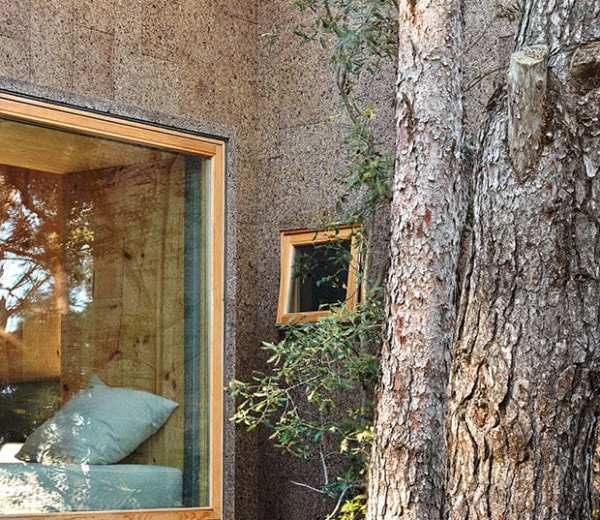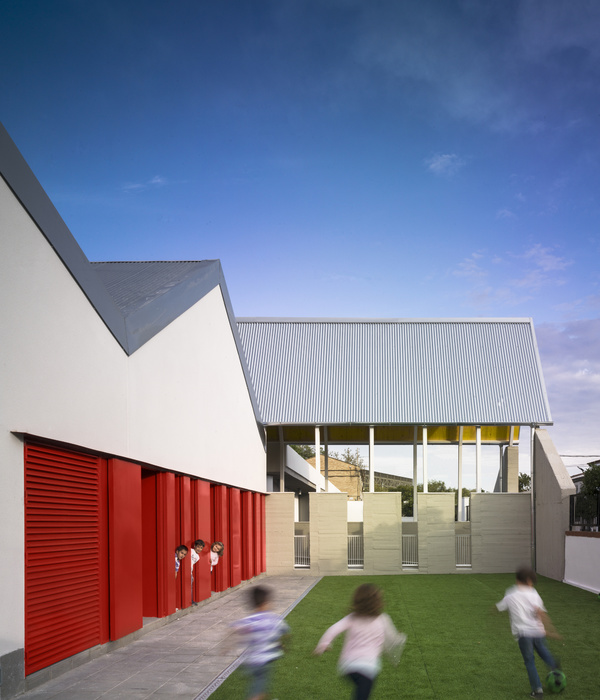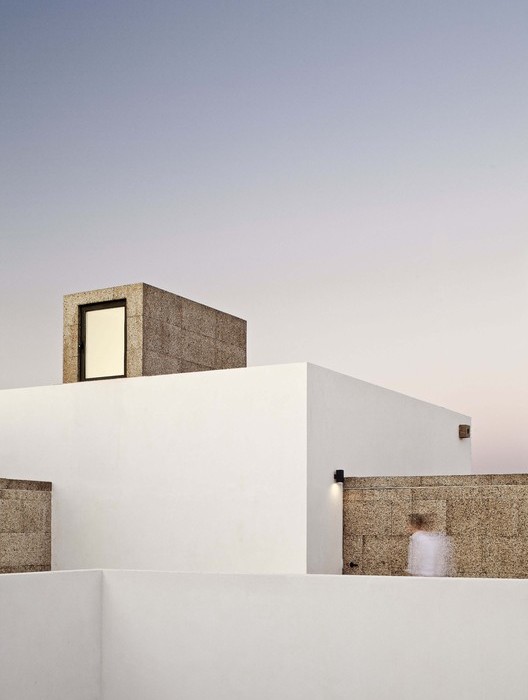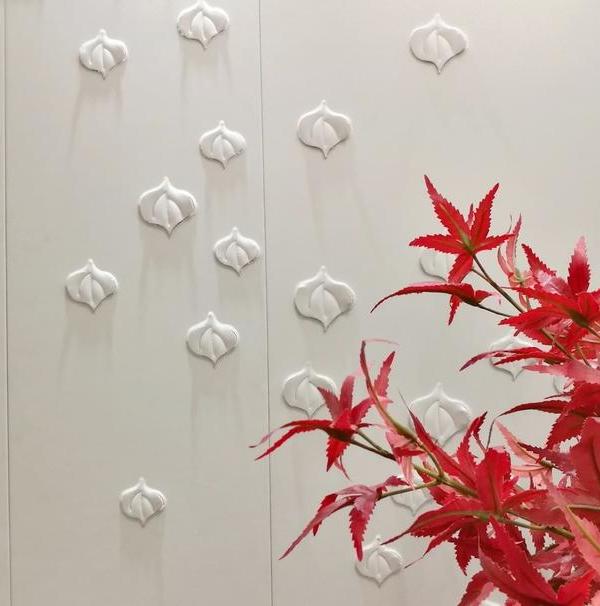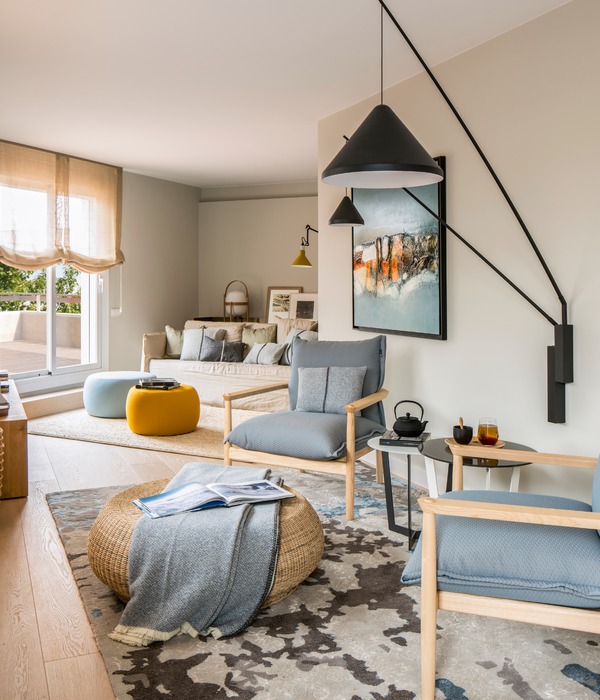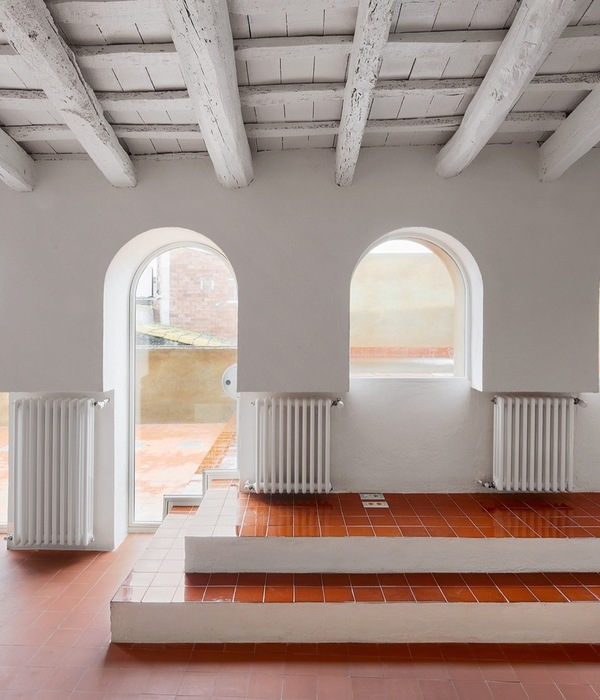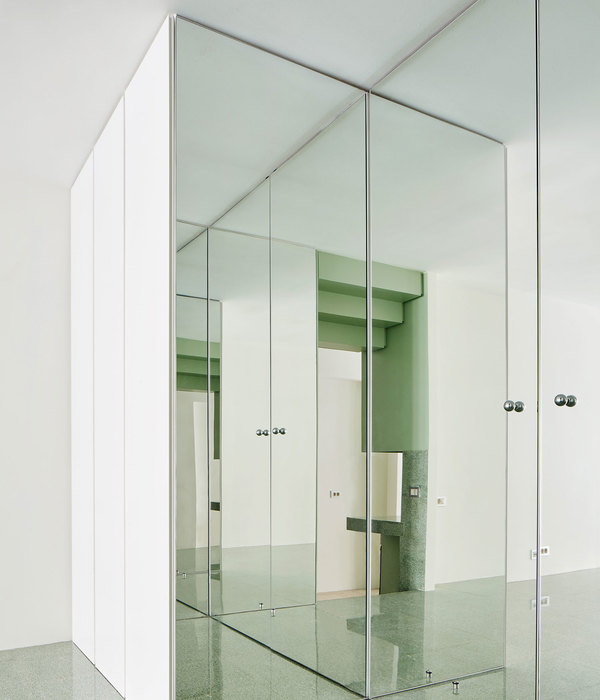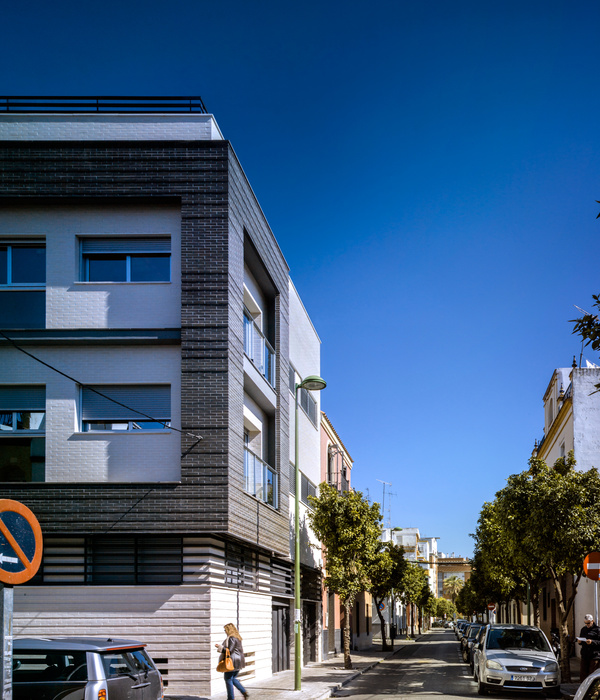© Rafael Soldi
拉斐尔·索尔迪
“鬼屋”是位于西雅图的Chophouse行中的一个站点特定的安装。安装受到了现场的历史历史的鼓舞,它的基础仍然位于庭院之下。通过重新想象重型雪松木板上的前沿舱,艺术家们向场地的历史致敬,并为公共空间创造一个协调中心。
“Ghost Cabin” is a site specific installation located in Seattle’s Chophouse Row. The installation is inspired by the site’s historical past—a frontier homestead whose foundations still lie below the courtyard. By re-imagining the frontier cabin in heavy cedar planks, the artists pay homage to the site’s history and create a focal point for the public space.
“Ghost Cabin” is a site specific installation located in Seattle’s Chophouse Row. The installation is inspired by the site’s historical past—a frontier homestead whose foundations still lie below the courtyard. By re-imagining the frontier cabin in heavy cedar planks, the artists pay homage to the site’s history and create a focal point for the public space.
安装工作于2018年完成,由肖邦街开发商邓恩·霍布斯的利兹·邓恩和当地艺术家兼策展人格雷格·伦德格伦委托完成。标准包括特定于网站的艺术品“冒风险,创造一种超大型的视觉和本能的存在,这是有新闻价值和戏剧性的”。此外,人们还表达了对艺术品的强烈渴望,希望能把“有机的、原始的物质存在”添加到卓普豪斯街院子里的一个原本荒凉的角落里。
Completed in 2018, the installation was commissioned by Liz Dunn of Dunn + Hobbes, developer of Chophouse Row, and Greg Lundgren, a local artist and curator. Criteria included the site-specific artwork “take risks and create an outsized visual and visceral presence that is newsworthy and dramatic.” A strong desire was also expressed for artwork that would add “an organic, primordial material presence” to an otherwise forlorn corner in the Chophouse Row courtyard.
Completed in 2018, the installation was commissioned by Liz Dunn of Dunn + Hobbes, developer of Chophouse Row, and Greg Lundgren, a local artist and curator. Criteria included the site-specific artwork “take risks and create an outsized visual and visceral presence that is newsworthy and dramatic.” A strong desire was also expressed for artwork that would add “an organic, primordial material presence” to an otherwise forlorn corner in the Chophouse Row courtyard.
© Rafael Soldi
拉斐尔·索尔迪
为创建安装,雪松木板被应用于庭院角落边界内的各种表面,将不同的元素拼凑在一起,形成统一的触觉组合。扭曲的林场既是庭院空间中的自然焦点,又是重新定位视角的背景。
To create the installation, cedar planks were applied to the various surfaces within the boundary of the courtyard corner, collaging together the disparate elements to create a unified tactile composition. The distorted field of wood comes together as both a natural focal point in the courtyard space and serves as a backdrop to reorient perspectives.
To create the installation, cedar planks were applied to the various surfaces within the boundary of the courtyard corner, collaging together the disparate elements to create a unified tactile composition. The distorted field of wood comes together as both a natural focal point in the courtyard space and serves as a backdrop to reorient perspectives.
Elevations
© Rafael Soldi
拉斐尔·索尔迪
从大多数有利的角度来看,船舱的形状是无法辨认的-一个令人回味和扭曲的分层木板雕塑。但从一个精确的有利点,雪松板瞬间重新组装和山墙小屋的轮廓被揭示。
The cabin shape is, from most vantage points, unrecognizable—an evocative and distorted layered wood plank sculpture. But from one precise vantage point, the cedar planks momentarily re-assemble and the silhouette of the gable cabin is revealed.
The cabin shape is, from most vantage points, unrecognizable—an evocative and distorted layered wood plank sculpture. But from one precise vantage point, the cedar planks momentarily re-assemble and the silhouette of the gable cabin is revealed.
© Rafael Soldi
拉斐尔·索尔迪
Architects SHED Architecture & Design
Location Seattle, Washington, United States
Lead Architects Kara Greenetz, Prentis Hale
Project Year 2018
Photographs Rafael Soldi
Category Installation
Manufacturers Loading...
{{item.text_origin}}

